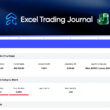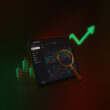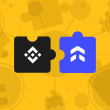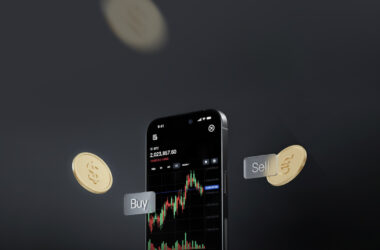Financial markets have their own specific terms and phrases. traders use these terms to express their views and position towards the market. If someone is not familiar with these terms, he will not be able to understand the opinions and views of the market activists, that is why in this article we are trying to introduce you to the most commonly used financial market terms (Forex-Crypto).
Symbol and Quote
In the financial markets, a symbol can be a share, currency pair, bond, token or contract. By refering to that symbol, you can view charts or trade that item.
In the forex market, the symbols are mainly currency pairs. But today, it can be done by brokers of the forex market in addition to currency pairs
He traded gold, silver, oil, shares of major companies in the world and even some crypto market coins (Bitcoin, Ethereum, etc.)
In the crypto market, the symbols are coins.
Price
The price shown in exchanges is the last traded price of that symbol in that exchange.
Ask/Bid Price
Ask price: The lowest price that a seller can sell for at that moment.
Bid price: The highest price that a buyer can ask for at that moment.
Spread
To buy a symbol in the forex market, it is necessary to pay the ASK price. This price is higher than the BID price, the difference between these two is called the spread. If you have ever gone to an exchange to trade a currency, you will have noticed that the exchange buys your currency at a lower price, and if you want to buy the same currency from the exchange, it offers you a higher price. This price difference is the spread.
Trade & Position
Trade: Any transaction that is done in the financial markets is called a “trade”.
Position: Any trade that a trader opens is called a position. Positions are classified into two general categories: buy and sell positions. Positions have entry points and generally have a target and a stop loss.
Risk-free
Traders: People who trade in any financial market are called “Traders”.
Investors: An investor is someone who buys an asset and keeps it for a long period of time. In fact, the difference between a trader and an investor is in the time period of their transactions.
| Title | Duration |
| Scalper | A few minutes to a few hours |
| Day trader | 24 hour maximum |
| Swing trader | A few days (1 week max) |
| Investor | A few months to a few years |
Bull market & Bear market
Bull market: A bull in the financial markets is a sign of growth, Therefore rising and increasing markets are called bull markets.
Bear market: A bear in the financial markets is a sign of decline. Therefore, declining or falling markets are called bear markets.
Broker & Exchange
In order to trade in the financial markets, traders need to sign up with a broker or exchange.
The main difference between brokers and exchanges is that in brokers, you are transacting with the broker itself, whereas in exchanges, you are transacting with other people.
Lot
Lot is the volume of transactions in Forex markets. Each Lot in Forex is equal to 100 thousand units of the base currency. For example, one lot in the EUR/USD currency pair (European Euro versus US Dollar) is equal to 100,000 euros.
Balance
Balance: Your account’s value excluding results of open transactions, is called your balance or account balance. for example, if you have an account with $1,000 and you have an unrealized profit of $100 in a transaction, as long as the transaction is open, your account balance is still $1,000.
Equity
Shows the value of your account including open transactions.
In the example above, the equity of your account considering you have $100 in unrealized profit is $1,100.
With the realization of the transaction, your equity and balance would both be $1,100.
Margin
Margin is the amount of money involved in a transaction directly from your account.
for example, if you want to open a trade worth $1000 with a leverage of 10, the margin involved would be $100. And if you open the same trade worth $1000 with a leverage of 20, the margin involved would be 1/20,000 dollars or $60.
Margin Call
A margin call is a state where the amount of your loss in a trade is equal to the total margin involved in the trade, which might result in the exchange or broker closing your trade automatically.
If the margin type is isolated, just when the amount of your loss in that trade is as much as the margin involved, you will receive a margin call and your trade will be closed.
If the margin type is cross, when your loss is equal to the margin involved in the transaction, the broker will increase your margin until the total loss of that trade is equal to your balance. At that point your balance will become zero.
Leverage
Leverage is a credit that is given to traders so that they can make transactions larger than their account balance. It can also be seen as a loan that a broker provides to traders so they can enjoy more profits. However, if it is not properly managed, it can quickly destroy your account balance with a margin call.
For example, opening a position with a margin of $1000 and leverage of 10x would result in a position worth $10000. If the position’s worth increases to $12000, you would profit $2000 and if the position became worth $9000, you would lose all your money on that particular trade.
Pip & Pipette
Pip stands for “Percentage In Point” meaning “the smallest unit of movement in currency pairs”. In fact, each pip refers to the fourth decimal place in each currency pair. For example, if the currency pair AUD/USD (Australian dollar against US dollar) is equal to 0.8054, it means that with one Australian dollar you can buy 0.8054 US dollars. Now, if this currency pair has a rate change of one pip, the mentioned figure reaches 0.8055, which means that the Australian dollar has increased or become more expensive by one pip against the US dollar.
Pipette: In some Forex symbols, the pipette refers to the fifth digit instead of the fourth decimal place.
Generally, a Pipette is equivalent to one-tenth of a pip.
Swap (Swap fee)
If your transactions remain open at the end of the trading day and are transferred to the next day, you will be charged overnight interest which is called the “swap” or “swap fee”. The rate of the swap depends on the broker you choose. So when choosing a broker, be sure to pay attention to the swap fee.
Market order & Limit order
Market order: If a trader intends to buy or sell a symbol at the current market price, he enters his buy/sell order amount as a market order and the broker opens the transaction at the current market price.
Limit order: If a trader intends to buy/sell a symbol at other prices, he enters his buy/sell order as a limit order, leaving the order pending until whenever the current price of that symbol reaches the desired price.
Risk to reward ratio (R/R)
RR is a ratio that shows the trader how many dollars of profit he will get for every dollar of risk he takes.
This ratio is very important for traders and they optimize their trading system to increase this ratio. The higher this ratio is, the higher the probability of the trader being profitable in a certain period of time.
RR is calculated by dividing the profit you would make (target) by the loss you would incur (stop loss) in a specific trade.
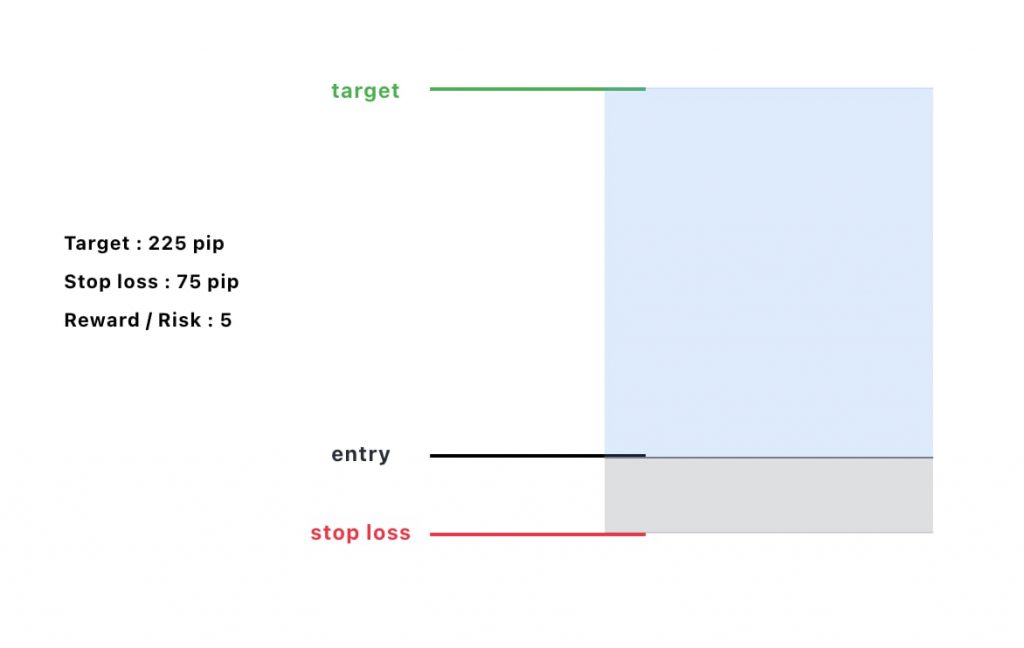
Limit Orders
Limit orders are orders placed to buy below the current market price or sell above the current market price at a certain price.
For example, EURUSD is currently trading at 1.005
You want to sell the currency pair when the price reaches 1.200
So you use limit orders. Then:
If the price rises to 1.200, the trading software will automatically execute the sell order at the price you want.
You should use this type of order when you think that the trend will reverse when the price reaches the figure set by you!
The buy limit order works the same way; you specify a price lower than the current price, and whenever the price reaches that price, a purchase will automatically be made for you. This is usually where you believe, based on your analysis, that the price will bounce back from.
Stop Orders
Stop orders are used to buy above the current market price or sell below the current market price.
For example, EURUSD is currently trading at 1.1050 and moving higher. You believe that if the price reaches 1.1070 it will rise again. You can either sit in front of the computer and buy when the market price reaches 1.1070 or set a stop limit at 1.1070.
You should use the stop orders when you feel that the price will continue in the direction it is moving.
Stoploss or SL
In a situation where the price moves against our predictions, it is necessary to sell that asset at the right time and with the aim of avoiding further losses. Stoploss or SL for short is a price at which we will close the position in order to avoid further losses.


